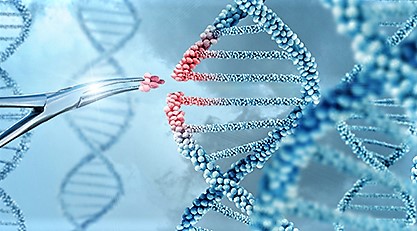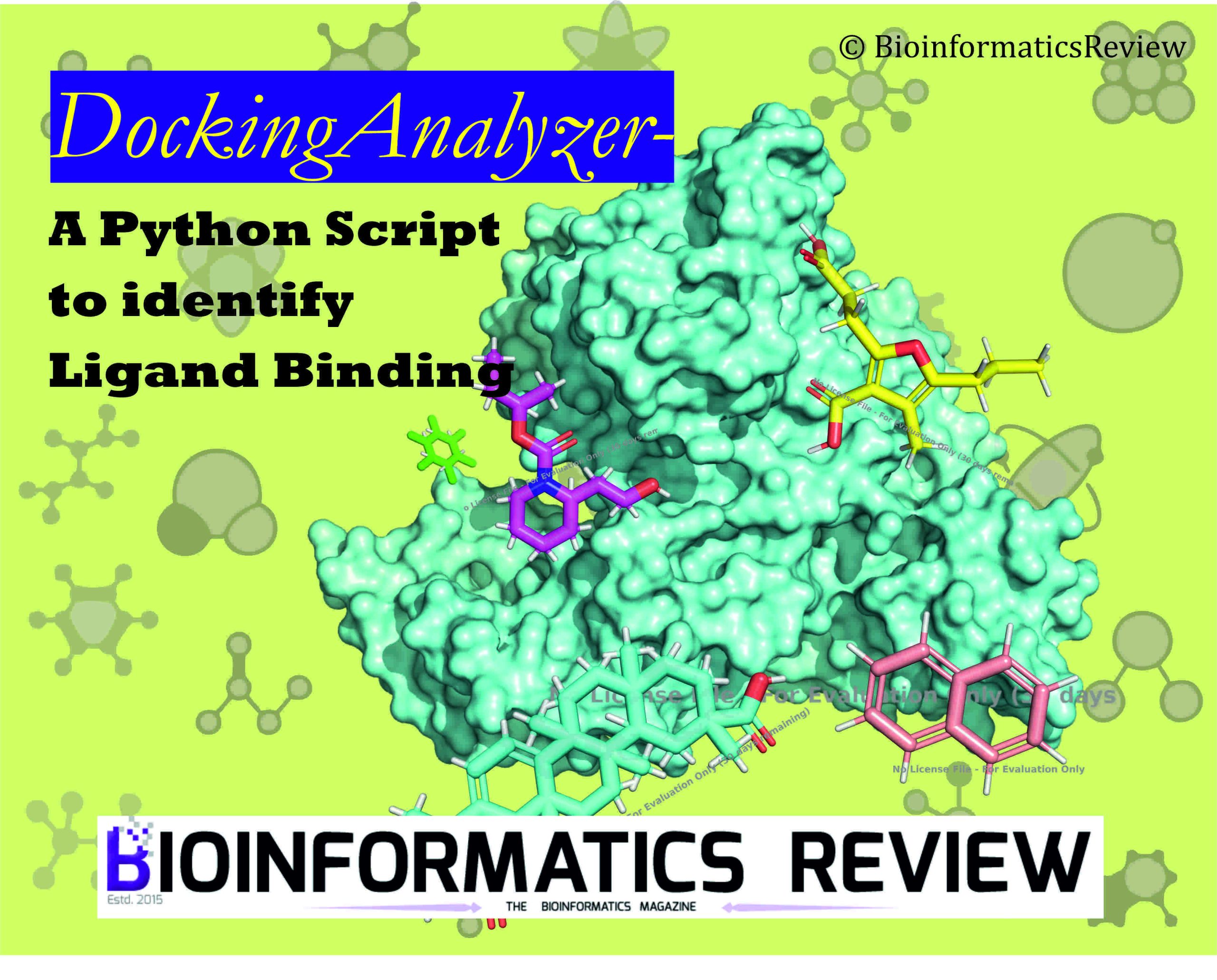CRISPR/Cas9 system is a recently developed multi-purpose technology for genome editing [1,2] and its tool CRISPR-ERA/Cas9 is widely used as explained in the previous article [3]. The possible applications of this system have been discussed by its developers [4] and have been successfully applied for genome editing, gene function identification, and for gene therapy in animals and human cells [5-9]. Recently, a group of Chinese researchers has reported the editing of a genome using the CRISPR/Cas9 system in human embryo for the first time in history [5]. The team has attempted to remove ‘harmful’ genetic codes to be potentially replaced by the ‘good’ ones. The results are published in Protein & Cell journal [10] but have opened a topic for debate over crossing the ethics of gene editing.
A research group at Sun Yat-Sen University, Guangzhou led by Dr. Junjiu Huang have attempted to cure a fatal blood disorder caused by removing a gene known as β-thalassemia responsible for this disorder. This is done by using a gene-editing technique called CRISPR/Cas9, which can recognize specific region in a DNA and cut and replace it with some other residues which do not code for any disorder. The researchers have modified this gene in a non-viable embryo but they observed some serious obstacles during the application of this method in human embryos.
The team applied this technique to 86 embryos and then waited for 48 hours to act. Out of 86 embryos, 71 survived, out of which 54 were genetically tested. According to their results, only 28 embryos were successfully spliced and only a fraction of them contained the replaced genetic material [10,11]. At this point, the team stopped experimenting quoting
“If you want to do it in normal embryos, you need to be close to 100%. That’s why we stopped. We still think it’s too immature.” says Dr. Huang [10].
There are several ethical concerns regarding gene editing in the human genome. Modifying the DNA of viable embryos may lead to unpredictable results in the future generation. Most of the researchers think that this technique is not ready to be used for tweaking human embryos. Some concerned scientists have published an article addressing the consequences of editing human germ line using current technologies [12]. A stem-cell biologist George Daley at Harvard Medical School in Boston, Massachusetts, says
“I believe this is the first report of CRISPR/Cas9 applied to human pre-implantation embryos and as such the study is a landmark, as well as a cautionary tale. Their study should be a stern warning to any practitioner who thinks the technology is ready for testing to eradicate disease genes.” [10]
Due to ethical concerns, this paper was not published by Nature and Science journal, says Dr. Huang [10,13]. The major concern which is most feared by some researchers is that once this technique is employed to tweak human embryos, it will be applied later to create humans with desired traits. This could be a huge step.
This research is questionable due to ethical issues but still being experimented with. Dr. Huang’s team is trying to improve the technique using CRISPR/Cas9 in animal models for now [13].
References
- Cong, L., Ran, F. A., Cox, D., Lin, S., Barretto, R., Habib, N., … & Zhang, F. (2013). Multiplex genome engineering using CRISPR/Cas systems. Science, 1231143.
- Mali, P., Yang, L., Esvelt, K. M., Aach, J., Guell, M., DiCarlo, J. E., … & Church, G. M. (2013). RNA-guided human genome engineering via Cas9. Science, 339(6121), 823-826.
- https://bioinformaticsreview.com/20151105/explained-crispr-era-and-crisprcas9-system/?format=pdf
- https://ideas.ted.com/the-promising-and-perilous-science-of-gene-editing/
- Cho SW, Kim S, Kim JM, Kim JS (2013) Targeted genome engineering in human cells with the Cas9 RNA-guided endonuclease. Nat Biotechnol 31:230–232
- Jinek M, East A, Cheng A, Lin S, Ma E, Doudna J (2013) RNAprogrammed genome editing in human cells. Elife 2:e00471
- Li D, Qiu Z, Shao Y, Chen Y, Guan Y, Liu M, Li Y, Gao N, Wang L, Lu X et al (2013) Heritable gene targeting in the mouse and rat using a CRISPR-Cas system. Nat Biotechnol 31:681–683
- Mali P, Yang L, Esvelt KM, Aach J, Guell M, DiCarlo JE, Norville JE, Church GM (2013) RNA-guided human genome engineering via Cas9. Science 339:823–826
- Smith C, Gore A, Yan W, Abalde-Atristain L, Li Z, He C, Wang Y, Brodsky RA, Zhang K, Cheng L et al (2014) Whole-genome sequencing analysis reveals high specificity of CRISPR/Cas9 and TALEN-Based Genome Editing in Human iPSCs. Cell Stem Cell 15:12–13
- Cyranoski, D., & Reardon, S. (2015). Chinese scientists genetically modify human embryos. Nature News.
- Liang, P., Xu, Y., Zhang, X., Ding, C., Huang, R., Zhang, Z., … & Sun, Y. (2015). CRISPR/Cas9-mediated gene editing in human tripronuclear zygotes. Protein & cell, 6(5), 363-372.
- Lanphier, E., Urnov, F., Haecker, S. E., Werner, M., & Smolenski, J. (2015). Don’t edit the human germline. Nature News, 519(7544), 410.
- http://uk.businessinsider.com/chinese-scientists-genetic-modification-human-embryo-crispr-2015-4?r=US&IR=T
Further reading
https://www.nature.com/news/chinese-scientists-genetically-modify-human-embryos-1.17378#/b1




